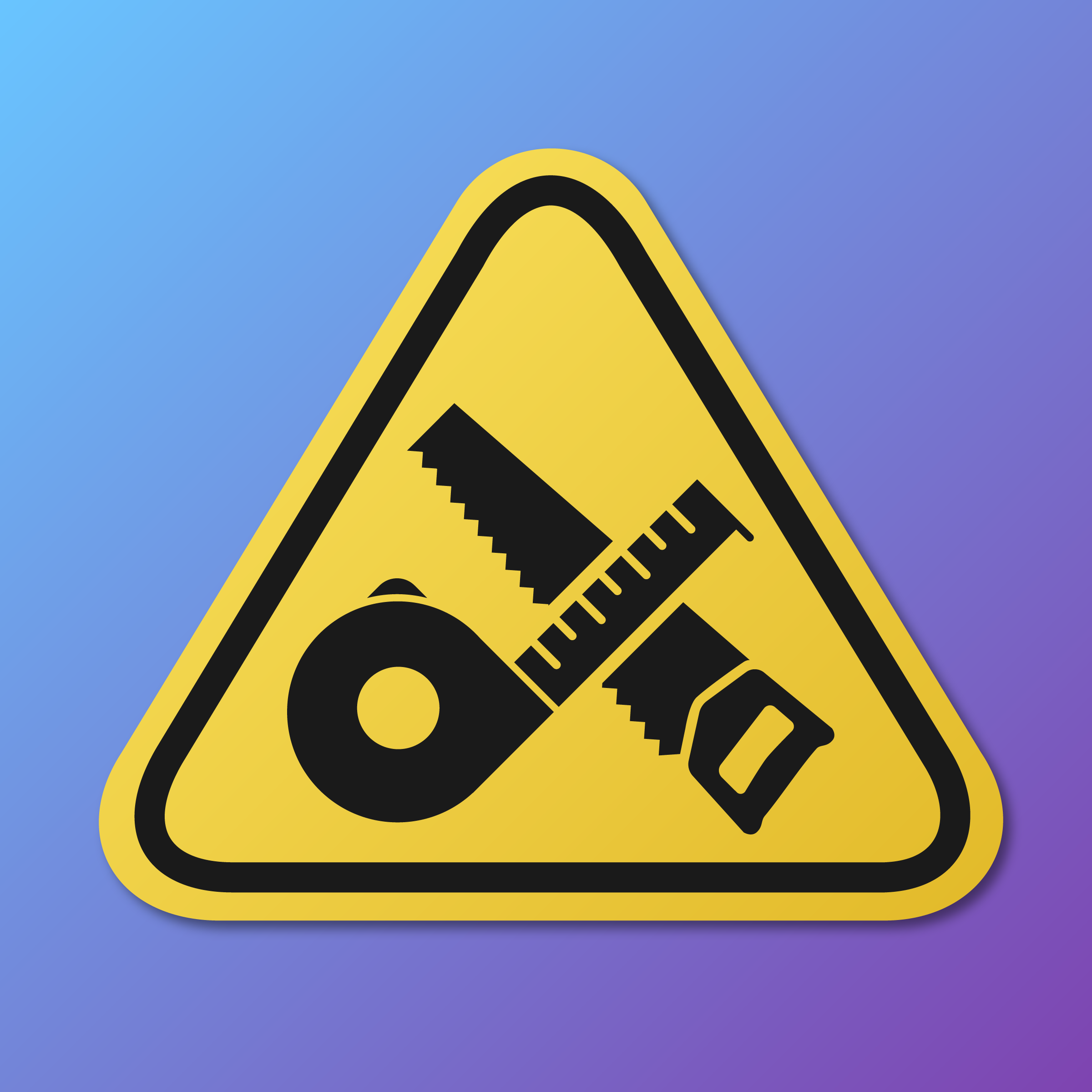Don't Be Afraid of Your Finances
When you read this column, you may run an established business or are thinking about opening your first store. You may already be a successful entrepreneur or trying to make ends meet. When you read this column, you may believe that numbers are not your thing because you feel overwhelmed or bored just looking at them. Don't succumb to these feelings. Embrace your finances. They are your friend. Here is why.
Reality Check
Every company, big or small, collects money from customers and disburses funds to pay its suppliers, employees, and the government in the form of taxes. Tallied up in an unexciting spreadsheet these numbers represent the cash flowing through your business like oxygen-rich blood flowing through your arteries. If you collect more than you disburse, then you show a profit and your cash increases, which is a good thing. If not, then you incur a loss and your cash decreases. Although numbers can provide you with a necessary, sometimes painful, reality check, they can also give you valuable insights into the health of your business.
Health Check
Are you able to pinpoint the exact reasons for your profits or losses? Do they come from a single customer or an entire product group? You can think of these analyses as having some blood work or an EKG done on your company. The resulting numbers can help you identify weaknesses. Learning about them early on gives you a considerable time advantage because you can rectify them before they become severe.
Capture your Product Cost in Shopify
If your online store uses the Shopify platform, you can capture the cost of each product under the Products section in your admin panel. Click a product from the list and scroll to Pricing. Below the sale price is a field called "cost per item". Enter the cost of your product there. If you are using variants, you need to edit each variant and enter the cost for each variant separately. Then, when you run the Finances Summary report (Analytics > Reports > Finances Summary), Shopify calculates a gross profit for you by subtracting the product costs ("cost per item") from the net sales. This report also allows you to select different periods and distribution channels, such as online or POS (point-of-sale). You can then compare them with each other to see if you are tracking your goals. And the best part is that the numbers update instantaneously with each new transaction.
The next time you look at your finances, don't be afraid. Ask yourself questions, change some parameters of your business, model the future. You will be amazed by what you can find out.











